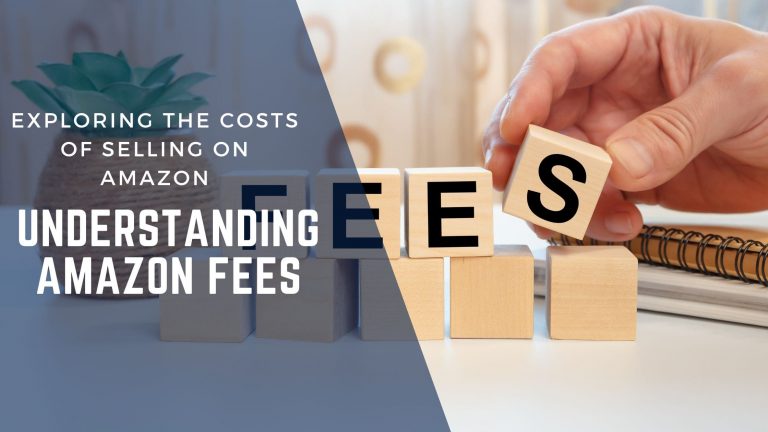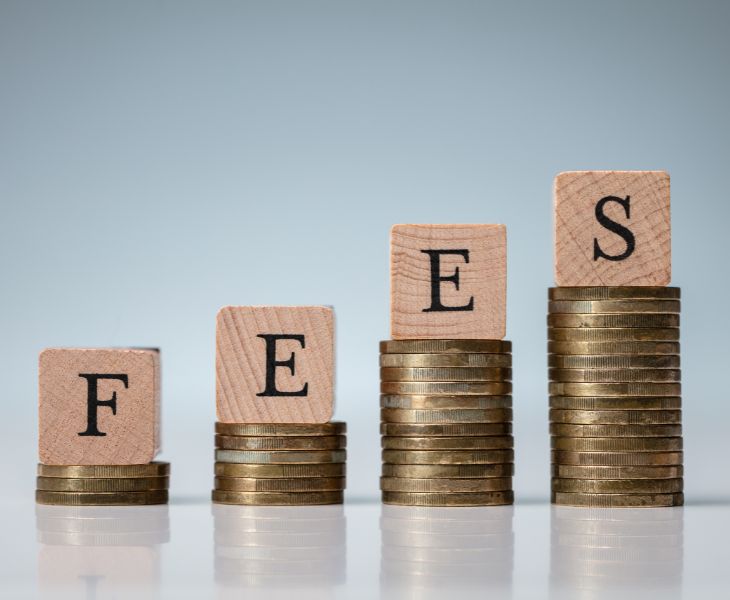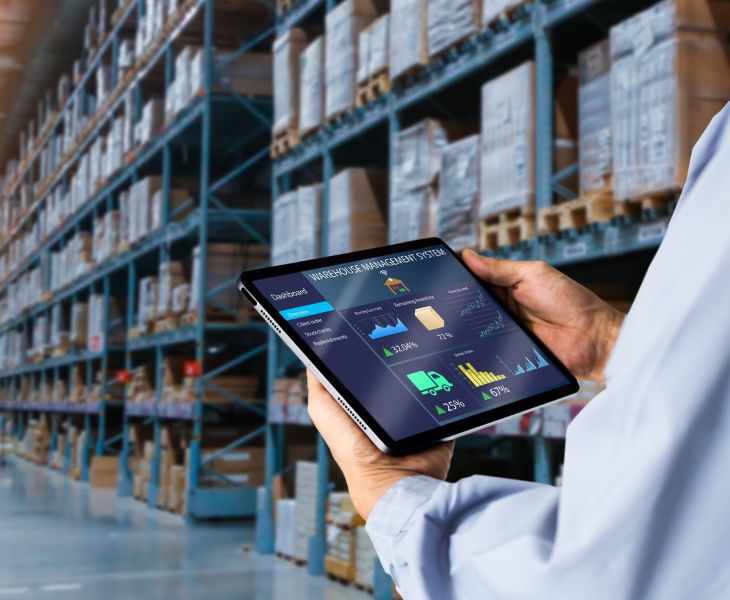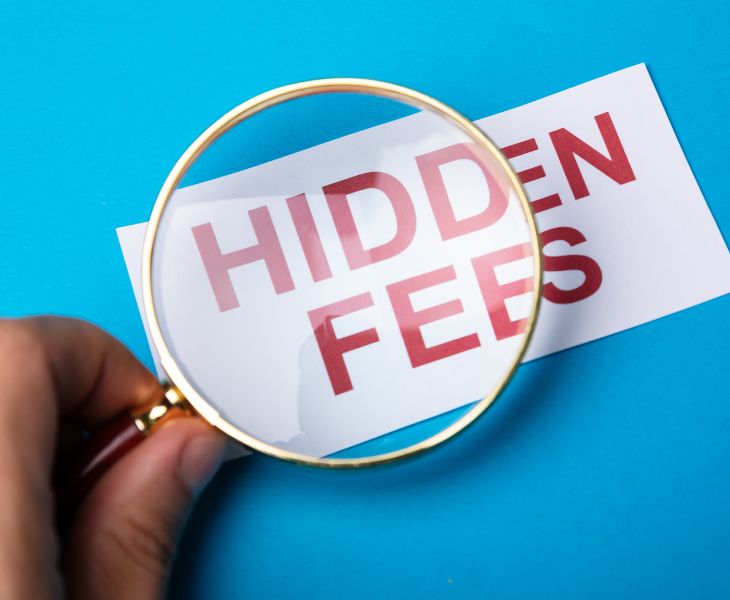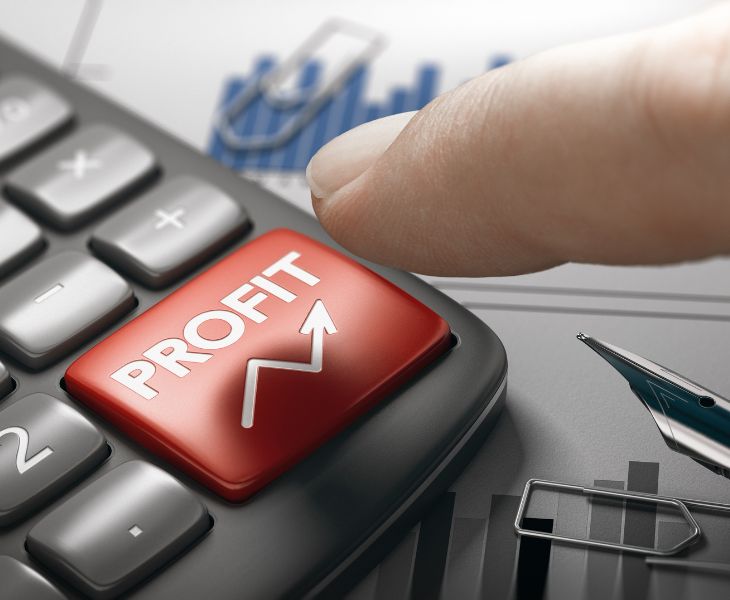Get a detailed breakdown of Amazon’s various fees and how to minimize costs to maximize profits.
Selling on Amazon can be highly profitable—but only if you understand where your money is going. Many sellers underestimate the impact of Amazon’s various fees, which can quietly erode your profit margins if left unchecked. From referral and fulfillment fees to advertising costs and storage charges, every rupee adds up.
In this blog, we’ll break down the most common fees Amazon charges, uncover hidden costs, and show you practical strategies to minimize expenses and protect your profits.
Overview of Amazon’s Selling Fees
Amazon’s fee structure consists of several layers, each affecting your profit differently. The most common is the referral fee, which is a percentage-based commission charged on every sale. This typically ranges between 8% and 15%, depending on your product category.
Next are fulfillment fees, which vary based on whether you use Fulfillment by Amazon (FBA) or Fulfillment by Merchant (FBM). FBA fees cover picking, packing, and shipping services but are based on item size and weight. FBM lets you fulfill orders yourself, but you bear shipping, storage, and packaging costs.
Then there are storage fees. Amazon charges sellers monthly storage fees based on the volume of inventory stored in their warehouses. Products stored for more than 180 or 365 days are hit with long-term storage fees, which are significantly higher and can impact profitability if not managed well.
Understanding FBA Fees & How to Reduce Them
FBA is convenient, but it comes at a cost. Amazon calculates fulfillment fees based on the product’s size tier and shipping weight. This includes everything from warehousing to packaging to final delivery.
To keep these fees under control, focus on optimizing inventory turnover. Don’t send large quantities of slow-moving stock. Monitor your sell-through rate and restock more frequently in smaller batches if needed. Use Amazon’s Restock Inventory Report or a tool like Helium 10’s Inventory Manager to avoid overstocking.
Another tip is to avoid long-term storage penalties. If products aren’t selling as expected, consider running a discount campaign or Lightning Deal to move inventory faster. Alternatively, use Amazon’s inventory removal program to clear excess stock before long-term fees apply.
Advertising Costs: How to Budget for Amazon PPC
Amazon’s Pay-Per-Click (PPC) ads are essential for visibility, but without proper planning, they can eat up your margins. There are three main types of PPC ads: Sponsored Products, Sponsored Brands, and Sponsored Display. Each type targets customers at different stages of the buying journey and comes with its own cost per click (CPC).
To manage your ad spend, start with a modest daily budget and closely monitor ACoS (Advertising Cost of Sale). Test different keywords, optimize listings for conversion, and reduce bidding on underperforming terms.
Tools like Helium 10’s Adtomic offer automation and in-depth data to manage your ad campaigns efficiently. It helps you adjust bids, pause underperforming keywords, and allocate budget to the most profitable ads—resulting in better ROI and lower costs.
Hidden Fees & How to Avoid Them
In addition to standard fees, Amazon charges several less obvious fees that can quietly add up. For example, closing fees apply to media items like books and DVDs. Refund administration fees are deducted when a customer returns an item. And if you have more than 100,000 active listings, you might incur high-volume listing fees.
Returns and refunds can also eat into your margins. Even if the customer gets a refund, you’re often still charged for shipping and return processing. It’s important to track all of these charges regularly using a tool like Helium 10’s Profits dashboard, which gives you a real-time view of your true net income after all Amazon deductions.
If you want to know more about these in a detailed form, you can join our three day ASM program either in English or Tamil
By understanding where these hidden fees occur, you can take action—such as improving your product quality to reduce return rates or adjusting listing volume to avoid extra charges.
Profit Margin Optimization: Cutting Unnecessary Costs
To truly understand profitability, you need to calculate your net profit after every fee—not just the sale price minus COGS. This includes factoring in shipping, packaging, FBA/FBM fees, advertising, returns, and more.
One of the best ways to maximize profit is by reducing costs without compromising on product quality. This might mean finding a more cost-efficient supplier, switching to a smaller packaging format to lower FBA fees, or bundling products to increase average order value.
Try to package your product in a more compact form to reduce its volumetric weight. For example, a back support pillow can either be shipped as-is or compressed into a spiral shape to occupy less space—this helps lower both storage and shipping fees.
You should also use Amazon profit calculators or tools like Helium 10’s profitability calculator to forecast margins before launching a new product. This helps you avoid costly surprises and make smarter pricing decisions from the start.
Conclusion
Understanding Amazon’s fee structure isn’t just about avoiding surprises—it’s about making smarter, more profitable business decisions. From referral and storage fees to ad spend and hidden charges, every seller needs a system to monitor costs and protect margins.
You can access the Amazon pricing and seller fees here.
By using the right tools, staying lean on inventory, optimizing ads, and calculating true profit per unit, you’ll gain full control of your numbers and scale your Amazon business with confidence.
Track every rupee, cut unnecessary fees, and make your profitability work harder for you.

